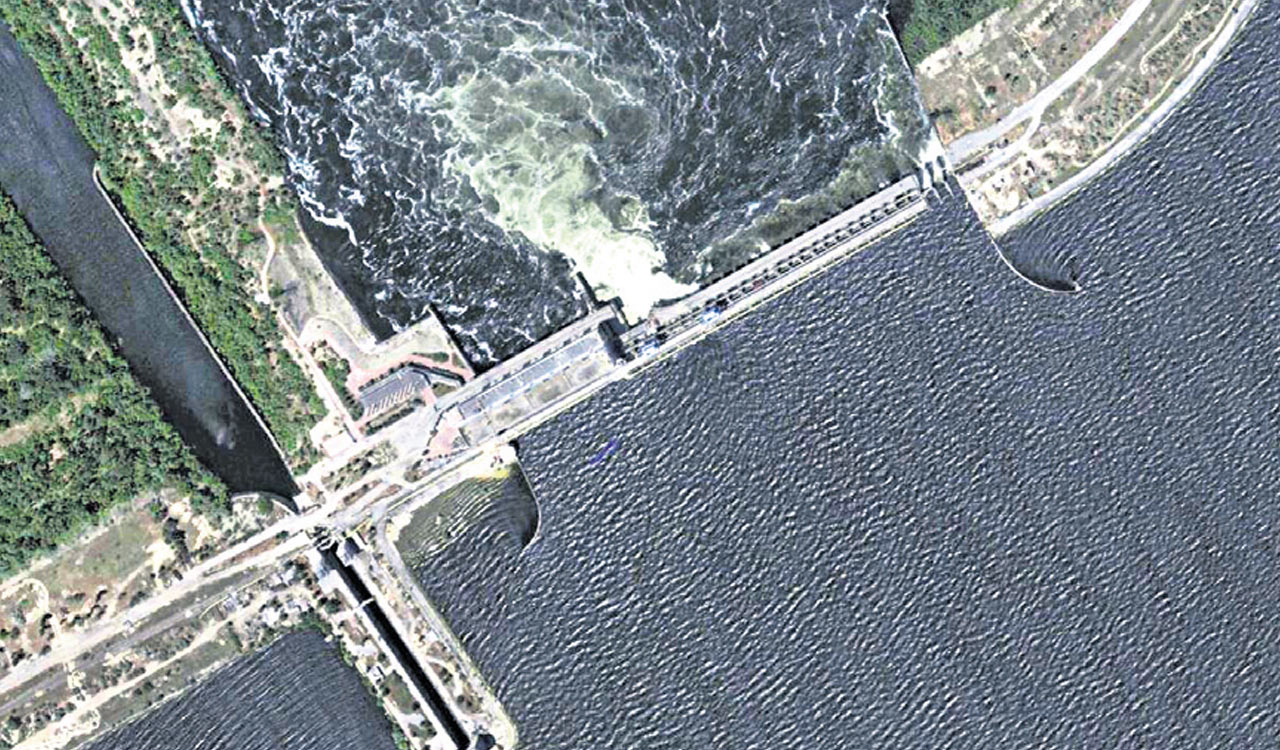
Opinion: Weaponising water
This has often involved deliberate attacks on critical water infrastructure, including pipelines, storage tanks, dams, irrigation networks and natural water sources, as a means to exert control or weaken adversaries. Historical instances, such as Saddam Hussein’s 1988 chemical attacks on Kurdish water supplies in Halabja, underline the enduring use of water as a mechanism of destruction. In warfare, adversaries frequently use water infrastructure as a strategic instrument, blocking access to water sources, hijacking water facilities, or cutting off water supply to coerce a population into surrender. Mitigation and the FutureA multifaceted approach to reducing water conflicts and ensuring access to water includes safeguarding civilian water infrastructure and ensuring equitable governance of the water resources. Investing in the resilience of water infrastructure, diversifying water sources and boosting water efficiency are essential for further enhancing water security.
Source: Libya Today October 14, 2024 18:40 UTC



